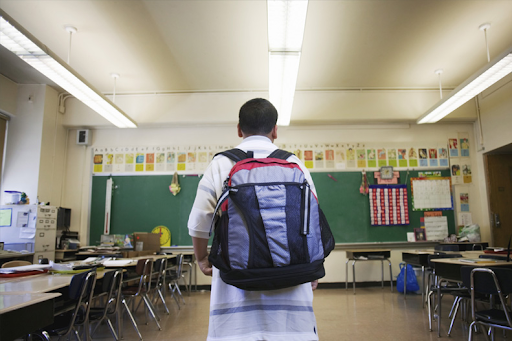Now that the students are back in school, many have dusted off their old backpacks or planned to purchase a new bag. As in previous years, parents will worry about their children cramming into their bags and how heavy they get.
To avoid injury, Dr. Ratnav Ratan, an expert pediatric orthopedist from Delhi, advises parents and students on choosing and using a bag.
Dr. Ratnav Ratan has over 13 years of expertise doing pediatric orthopedics, sports medicine, and limb reconstruction procedures. He is currently a pediatric orthopedics and sports injuries consultant at Miracles Mediclinic Hospital, W Pratiksha Hospital, and Aryan Hospital in Gurgaon.
Dr. Ratnav Ratan says, “It’s easy to overlook possible injuries caused by everyday school supplies when the focus is on going back into the classroom and coming back to the same old ways.”
Backpacks may not appear to be high on the list of child safety hazards, but they can cause muscle and joint pain or injury if they are too heavy or worn incorrectly.
Around the school year’s beginning, there is an increase in the number of children and teenagers with back or shoulder pain. A heavy backpack is frequently the culprit.
While worried about their child’s pain, some parents are also concerned that lifting a heavy backpack each day at school will progress to scoliosis.
While taking a heavy bag or wearing it incorrectly can cause sore muscles, there is no evidence that it causes scoliosis, a hunchback, or any long-term damage.
All complaints of pain or discomfort, however, should be taken seriously. Parents should look inside a backpack if their child appears to be struggling with it.
There’s a good chance that the parents can take out something to make it lighter. Many young people have items they don’t need, from toys to video games to athletic footwear they don’t wear every day.
Backpacks should weigh no more than 10 to 20% of a child’s body weight. It’s not uncommon for students to carry around 10-13Kg, which is usually too heavy for their body weight. Most families have a scale at home, which they can use to weigh the backpack and remove items that the child does not require for the school day.
Dr.Ratnav Ratan’s Tips for Keeping Your Backpack Safe
When it comes to choosing and using a backpack, the doctor has some additional suggestions:
- Choose a sturdy backpack with padded back and wide, padded shoulder straps. Padding makes it more comfortable to wear and protects the back from sharp edges on books and other items. It’s best if students don’t sling it over one shoulder.
- Wear the backpack across both shoulders. It helps to distribute the weight evenly throughout the body without putting undue stress on one side.
- Students should tighten the shoulder straps on their backpacks to keep them close to their bodies. The back will get less stressed as a result of this.
- Purchase a backpack with a waist strap and encourage your children to use it. It helps to distribute the weight evenly. The body has to work harder to balance a backpack that sways from side to side.
- The backpack should get organized to maximize compartment usage.
- When possible, students should be encouraged to store their belongings in their school lockers.
- Children and teenagers should get taught how to pick up their backpacks to avoid muscle strain correctly. If your child’s school allows it and is willing to use it, consider investing in a rolling bag. However, if the student uses the stairs frequently throughout the day, this may not be feasible.
- When lifting or carrying a backpack, they should bend their knees. They should not stoop to their knees.
As children’s muscles strengthen, they become accustomed to the backpack’s weight. But it’s no fun to be in pain, and thinking about backpack safety and practicing good habits can help you avoid problems in the first place.
